Everything You Need to Know to Stay Safe, Comfortable, and Confident on the Trail.
Hiking is a rewarding outdoor activity that combines exercise with nature’s endless beauty. For first-time hikers, every step into the wilderness comes with a mix of excitement and uncertainty. It’s important to be well-prepared and informed before you head out on your adventure. In this article, I share some practical tips to help new hikers get started confidently and safely.
Table of Contents
Essential Preparation for New Hikers
Getting Ready for Your First Hike
Common Pitfalls for New Hikers
Hydration and Nutrition
Weather Preparedness
Navigation and Communication
Advanced Hiking Tips and Techniques
Hiking Essentials: Gear and Safety Considerations
Frequently Asked Questions
Extra Tips for a Memorable Hiking Experience
Wrapping Up
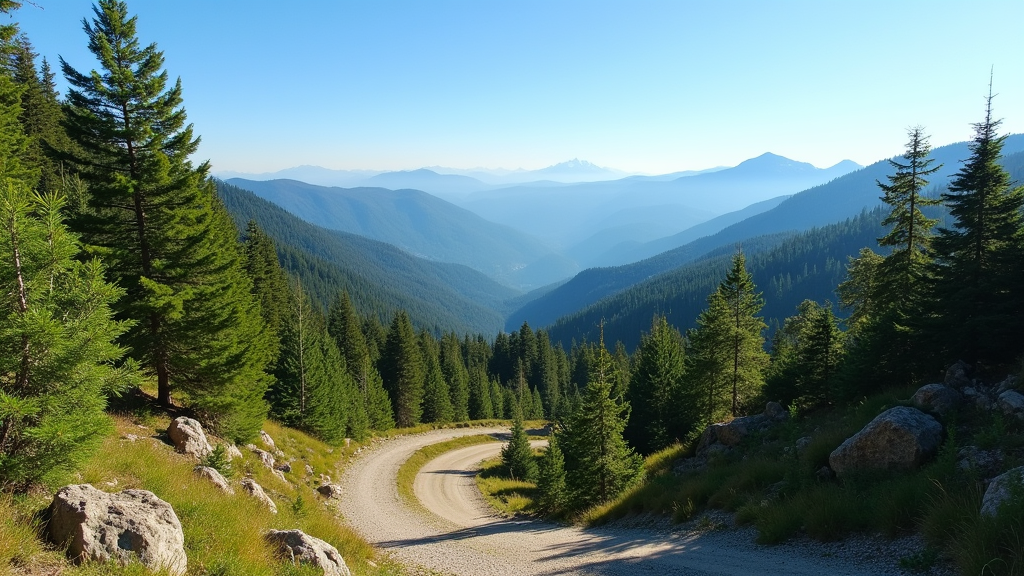
Essential Preparation for New Hikers
Hiking is about connecting with nature and challenging yourself, but it also requires proper planning. The right preparation can make your first hiking experience much more enjoyable. Think of it as packing in everything you’ll need for a safe and comfortable trip into the outdoors. Researching the trail, checking the weather forecast, and organizing the necessary gear are all parts of this process.
Before setting foot on a trail, it pays off to have a checklist ready. This ensures that you are leaving nothing important behind. Items like water, sunscreen, and a basic first-aid kit might seem obvious, but they are very important for a successful trip. Also, getting familiar with your route using maps or digital apps can reduce the chances of getting lost.
The idea is to be ready for changes in tempo and unexpected challenges. For instance, even a gentle trail can sometimes become slippery after rain. A little extra caution ensures your hike stays fun and safe, even when conditions change.
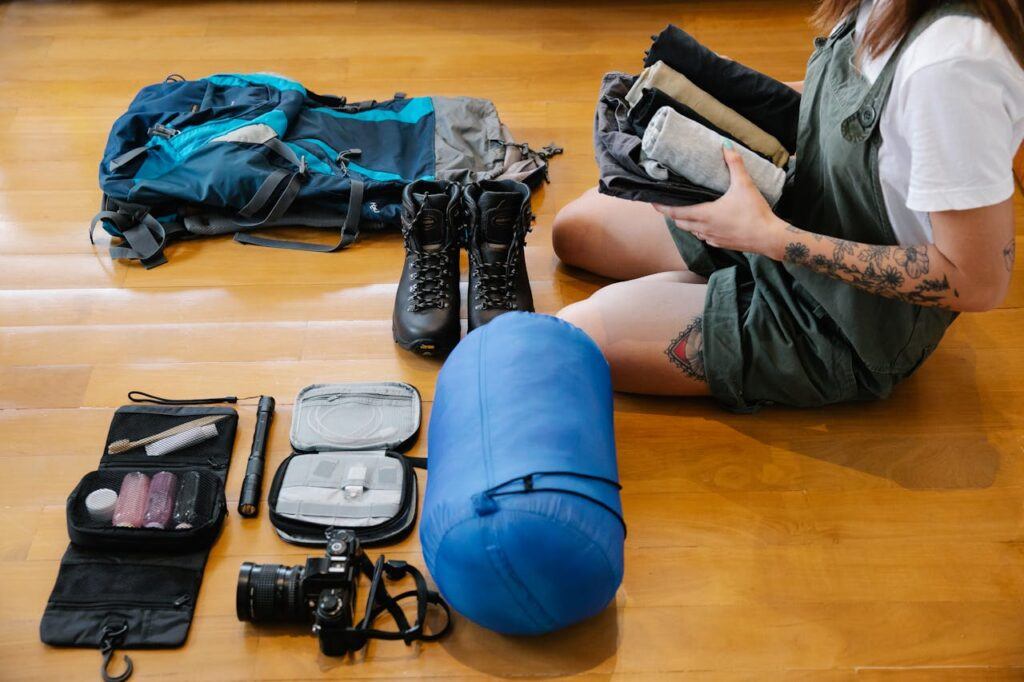
Getting Ready for Your First Hike
Every new hiker can benefit from a few straightforward steps to ensure a smooth adventure. I’ve put together a list of 10 tips to help you prepare for your initial hiking experience:
- Plan Your Route: Study different trails in your area, consider the difficulty level, and pick one that suits your fitness and experience level.
- Check Weather Conditions: Always check the forecast before heading out. Sudden weather changes can impact the safety and enjoyment of your hike.
- Invest in Proper Footwear: Good hiking boots or shoes make a big difference by providing support and reducing the risk of injury on uneven terrain.
- Dress in Layers: Layering your clothing lets you adjust to changing temperatures easily, keeping you comfortable throughout your hike.
- Carry Sufficient Water and Snacks: Staying hydrated and keeping your energy levels up is key. Pack enough water and nutritious snacks for the entire journey.
- Bring a Map or GPS Device: Even on well-known trails, having a navigation method can help you stay on track and avoid unexpected detours.
- Pack Essential Gear: Items such as a first-aid kit, a flashlight, and a multi-tool should always be in your backpack for emergencies.
- Inform Someone of Your Plans: Safety comes first. Let a friend or family member know your route and expected return time for added security.
- Start Early: Beginning your hike early in the day can help you avoid the afternoon heat and allow plenty of time to complete your route.
- Respect Nature and Trails: Follow the Leave No Trace principles. This means packing out what you pack in and minimizing your impact on the environment.
These steps collectively create a safety net for your adventure, ensuring that your hike is both enjoyable and well-prepared for unexpected challenges.urney.
Common Pitfalls for New Hikers
Every outdoor enthusiast may face several challenges during their first hikes. Recognizing these pitfalls early on can help prevent problems during your adventure. New hikers sometimes underestimate the importance of planning or misjudge their physical capabilities, leading to unnecessary strain and delays.
It is common to overlook the role of proper nutrition and hydration. Even a short hike can be taxing if you’re not well-fueled or hydrated, which can quickly turn an exciting trek into a tiring ordeal.
Being unprepared for sudden weather changes is another risk. Trails that are safe in clear weather might become risky with an unexpected downpour, so it’s essential to pack rain gear even if the day starts off sunny. Additionally, new hikers might not consider the importance of signaling devices or a whistle, which can be invaluable if you need to call for help.
During one of my circular tours, I had driven to the starting point as usual. Partway through, the weather took a sudden turn,dark clouds rolled in, the wind picked up, and heavy rain began pouring down. I had brought a raincoat, but it didn’t offer much protection, and I was soaked through almost immediately. Luckily, I was already heading back toward my car when the downpour began, so I was able to drive home quickly and change into dry clothes.
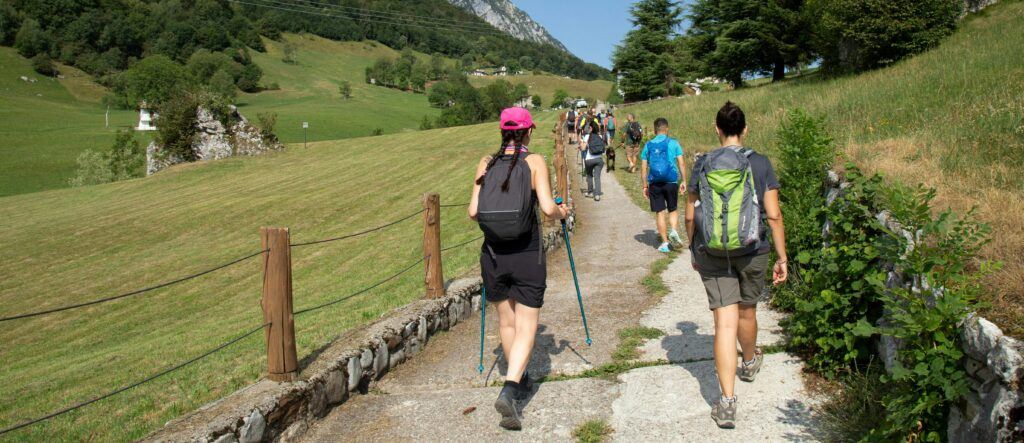
Let’s break down some of these topics further:
Hydration and Nutrition
Carrying enough water is not just a matter of convenience, it’s very important for your health and energy on the trail. Along with water, having nutrient-rich snacks can keep you energized, especially if you plan a longer hike. Energy bars, nuts, and dried fruits are practical options that are easy to carry and offer a quick pick-me-up when the energy starts to dip.
Weather Preparedness
Checking the forecast ahead of your hike can help you pack accordingly. Rain jackets, waterproof boots, and extra socks can be lifesavers when the weather takes a turn for the worse. Sudden changes in conditions require a readiness to adapt quickly, so always be prepared for a mix of sunshine and showers.
Navigation and Communication
Even if you choose a well-trodden trail, having a map or a GPS device equips you to navigate unexpected detours. Additionally, carrying a whistle or a small emergency beacon can be useful in case you become separated from your group or need assistance. These basic steps ensure that even if technology fails, you remain on a safe path back.
Being mindful of these aspects ensures that the challenges you encounter are manageable. With proper planning, common issues like dehydration, discomfort due to poor weather, or navigation mishaps can be easily remedied.

Advanced Hiking Tips and Techniques
After you’ve mastered the basics of a safe and enjoyable hike, a few advanced tips can help you get even more out of your time on the trails. These techniques allow you to refine your approach and take up a notch the quality of your outdoor experiences. For instance, focusing on trail etiquette is vital. Understanding and respecting the unwritten rules of trail behavior can make your adventure smoother. Yield to other hikers and be mindful of paths reserved for different activities. Being courteous not only improves your experience, but it also helps fellow hikers enjoy their time outdoors.
Learning about local flora and fauna is another tip that can add a rich layer of interest to your hike. Take some time to get to know the local ecosystem. Familiarize yourself with the types of trees, plants, and wildlife in the area. This extra knowledge can transform a simple walk in the woods into an interactive learning experience, opening up a new perspective on nature.
Practice navigation techniques by getting comfortable with traditional methods such as using maps and compasses, even if you prefer digital tools. This practice can boost your confidence and ensure that you can still find your way if technology fails unexpectedly.
Hiking Essentials: Gear and Safety Considerations
Having the right gear is as important as planning your route. The equipment you bring will impact the convenience, safety, and overall experience of your hike. It’s wise to invest in quality gear that can handle the demands of the trail.
For instance, a good pair of hiking boots can make a real difference in comfort and stability. Not all boots perform equally; some offer better grip and cushioning, which is particularly useful on rocky or muddy paths. Similarly, a sturdy backpack fitted with compartments for water, snacks, and additional gear enhances your ability to be self-sufficient on the trail.
Additionally, layering your clothing is key. Weather can be unpredictable, and a simple jacket or extra layer can help you avoid discomfort when temperatures drop or when you’re caught in light rain. Equally, don’t overlook small yet valuable tools like a multi-tool or emergency whistle; they can be lifesaving in unexpected situations.
Many hikers also benefit from extra accessories such as trekking poles, which can aid balance and reduce fatigue on steep paths. In areas with rough terrain, these poles become practical tools for support and stability. Ultimately, the right gear is about matching your equipment to both the demands of the landscape and your personal needs.
- Trail Maps and Navigation Tools: A reliable map or digital app can provide guidance even when cellular service is spotty.
- Weather-Appropriate Clothing: Dress in layers to manage changing temperatures and conditions.
- Emergency Supplies: A compact first-aid kit and a portable charger for essential devices should be part of your pack.

Frequently Asked Questions
New hikers often have similar queries when kicking things off their first hike. Addressing these questions can help build your confidence and preparedness.
Question: How do I choose the right trail for my first hike?
Answer: Look for trails that match your fitness level and experience while considering the distance, elevation, and terrain. Local hiking groups, visitor centers, or outdoor websites are great resources for recommendations.
Question: What should I do if the weather changes unexpectedly during my hike?
Answer: Always carry extra layers and a waterproof jacket. If conditions worsen, consider turning back or finding a safe spot to wait until the weather improves.
Question: How can I stay safe if I get lost on the trail?
Answer: Stay calm and try to retrace your steps back to a known marker. Using a map or GPS device and having a whistle on hand increases your chances of being found quickly.
Extra Tips for a Memorable Hiking Experience
Beyond the basics, there are several additional aspects to consider that can greatly influence the overall quality of your outdoor time. Spending extra time preparing mentally and physically for your hike makes a big difference. A well thought-out approach includes reading personal accounts from experienced hikers, joining local hiking clubs, and even participating in short group hikes before venturing out alone. These experiences can give you real-life insights into unexpected issues such as trail maintenance, wildlife interactions, and diverse weather conditions.
It is also useful to take the time to practice some basic outdoor survival skills. For example, learning how to properly set up a simple shelter or start a small fire can be both empowering and extremely practical. Many seasoned hikers attend workshops or short courses that walk them through these skills, ensuring that if the situation calls for it, they are prepared to handle emergencies with confidence and calm. This extra preparation not only boosts your self-assurance but also builds a community where knowledge is shared freely.
Moreover, consider keeping a hiking journal. Writing down your observations about the trail, weather, and any unique encounters helps you reflect on your experiences later. This simple habit can transform each hike into a deeper learning process, ensuring that every trip is a building block towards becoming a more experienced and capable hiker. Over time, these notes can serve as a personalized guidebook full of tips and lessons that you can refer back to and even share with friends or hiking groups.
Finally, remember that every hike is an opportunity to reconnect with the outdoors. Take intermittent pauses to admire the scenery, snap a few photos, and simply enjoy the quiet moments that a busy life often obscures. By planning ahead, equipping yourself with the necessary skills, and taking time to appreciate the natural beauty around you, you not only ensure your safety but enrich your overall experience in nature.
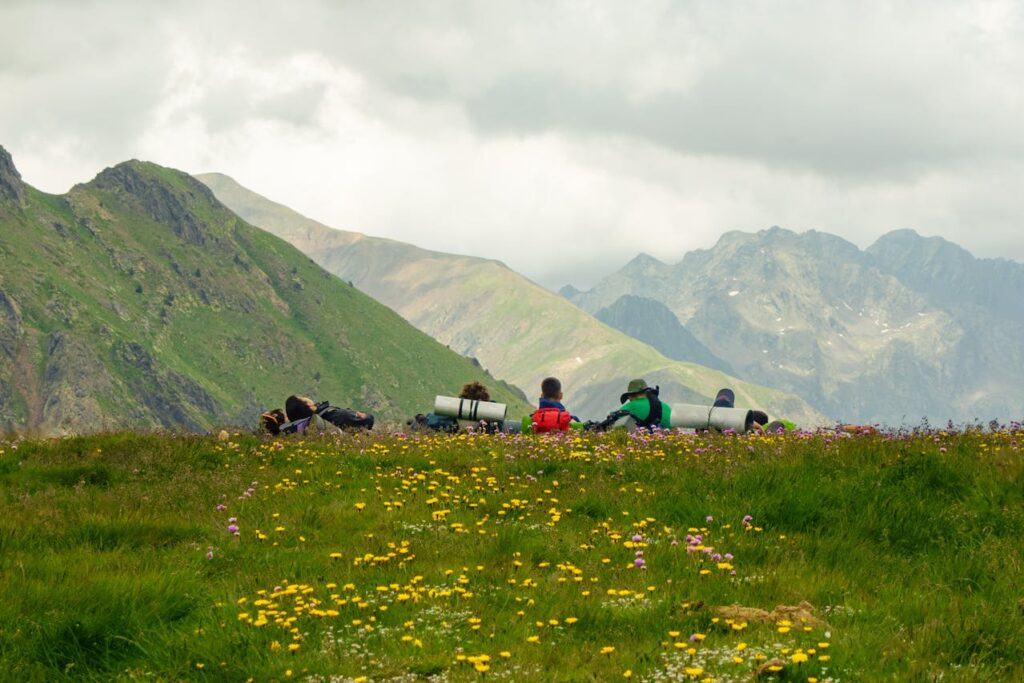
Wrapping Up
Kick things off on your first hike is a venture filled with promise and excitement. With proper planning, the right gear, and a clear understanding of potential challenges, you can set out with confidence. The tips outlined in this article cover everything from basic safety precautions to advanced techniques that can help you adapt as you gain experience.
Remember, every adventure in nature is a learning process. The more you hike, the more you’ll stumble upon about the environment and your personal capability. Keep an open mind, follow these guidelines, and over time you will find that the outdoor world becomes a welcoming and inspiring space for exploration and growth.
Take that first step into the wild and enjoy all the adventures that await you on the trail. The path may be filled with challenges. Each obstacle is a lesson that brings you closer to becoming a confident and seasoned hiker.
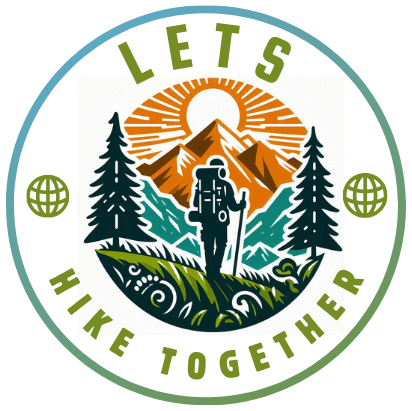
This guide is incredibly helpful—thank you for compiling such practical tips! My friend and I are planning our first weekend hike soon, and while we’re both excited, we realize we’re not as prepared as we should be. Your emphasis on essentials like proper footwear, hydration, and navigation tools really hit home for us. We hadn’t considered the importance of layering clothing or carrying a basic first aid kit, but after reading your post, these are now at the top of our checklist. We’re also taking your advice to start with a shorter, well-marked trail to build our confidence.
Quick question: Do you have any recommendations for beginner-friendly trails that are scenic but not too remote? Also, how do you usually check the weather and trail conditions ahead of time?
Thanks again for sharing your insights—they’ve made us feel more equipped and less overwhelmed about our upcoming adventure!
Dear Alice,
Thank you for your kind comment; it truly motivates me to keep improving my site. Your questions are excellent and very valuable, and I will get back to you soon with the answers.
Best regards,
Niki